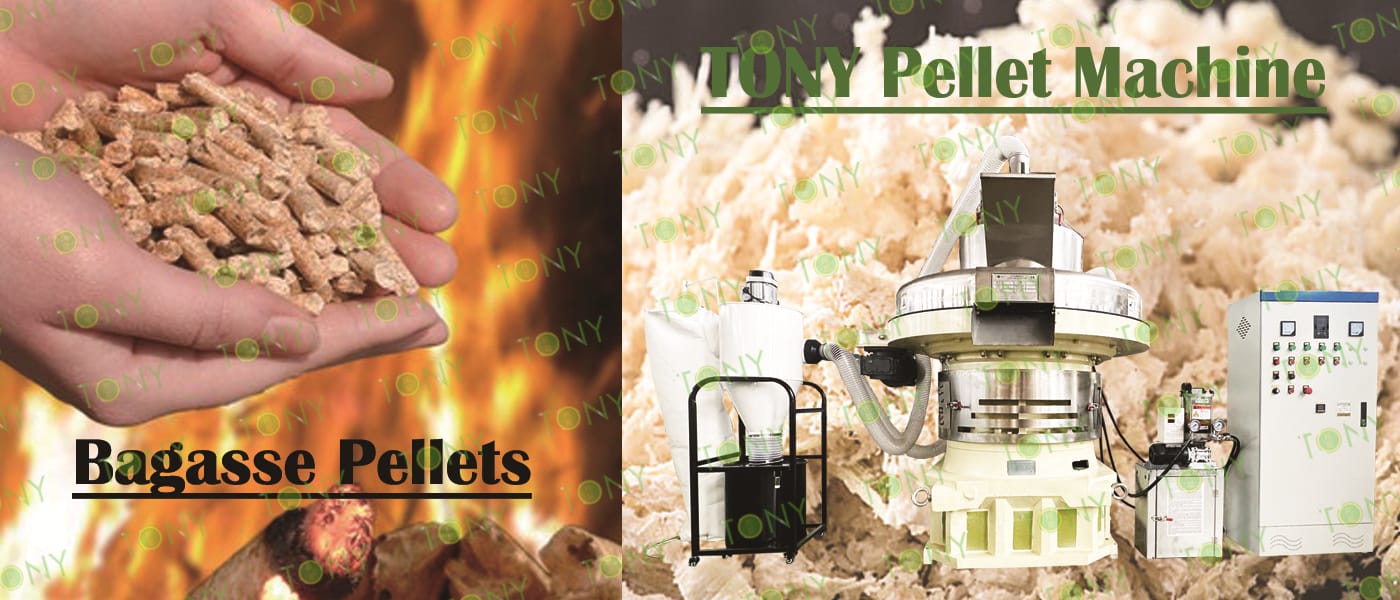To understand the relationship between biomass pellet coking and biomass pellet machines, it is first necessary to identify the causes of biomass pellet coking.
Analysis of the Causes of Biomass pellet coking:
Due to the wide variety of fuels in biomass power plants, the fuels are characterized by high moisture content (generally above 25%), numerous impurities (mixed with soil and fine sand), high ash content, and high alkali metal content. After burning in the furnace, the fuels are prone to coking and ash accumulation on the heating surfaces of the boilers. The main factors of coking. Biomass pellet coking mainly refers to the ash produced after fuel combustion. At high temperatures, most of it melts into a liquid state or becomes softened. If the ash remains in a softened state and comes into contact with the heating surface, it will adhere to the heating surface due to cooling, forming coking. There are many factors influencing boiler coking. Generally, it is believed that the main ones are:

The coke formed by the ash content of the fuel itself and the impurities it contains. The main factors influencing the melting point of ash are the chemical composition of ash and the high-temperature environmental medium around it. The two interact with each other. Once the boiler combustion adjustment is not done properly, incomplete combustion products will occur, making the surrounding medium weakly reducing and reducing the ash melting property, which leads to the coking of biomass pellets.
Meanwhile, biomass fuel usually enters the furnace in the form of blended fuel, and fuel brokers add a large amount of soil and fine sand to the fuel. The presence of these impurities changes the composition, existence form and melting temperature of the fuel, and intensifies the coking on the heating surface.
The temperature level on the surface of the heating surface inside the furnace. When the ash melting point is fixed, the temperature level and its distribution inside the furnace become an important factor for whether coking occurs. Experience shows that coking in boilers mostly occurs on the flue and the surface of the superheater. During the process where liquid or soft ash particles move towards the heating surface due to inertia, because the ash particles move at a high speed and receive poor cooling effect, the molten ash particles tend to adhere easily, causing the slag layer to accumulate and grow rapidly. Temperature has a very important influence on coking in the furnace. Research shows that as the temperature rises, the degree of coking will increase exponentially. Moreover, if the air supply system of the boiler is not smooth, or the ash emission of biomass fuel pellets is unreasonable, or there is a deviation in the combustion method, it can also cause coking during the combustion of biomass pellets.
The combustion coking of biomass pellets has nothing to do with the biomass pellet machine. It is determined by the composition of the biomass pellets and the combustion method of the biomass pellets.





















